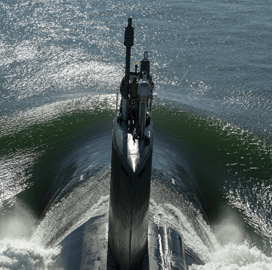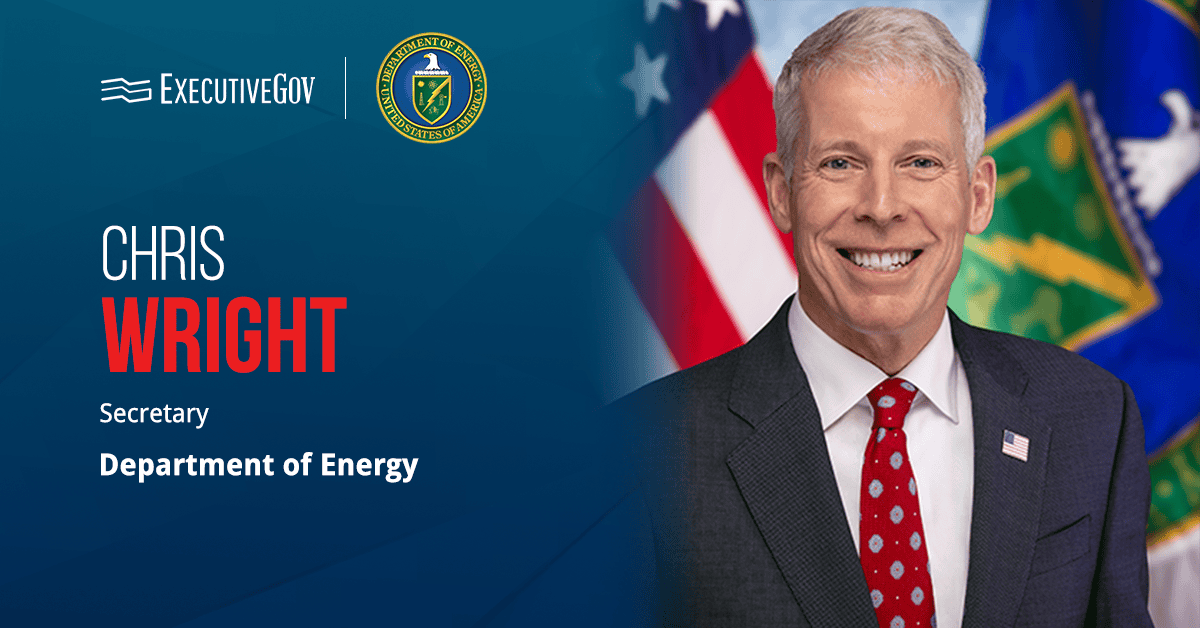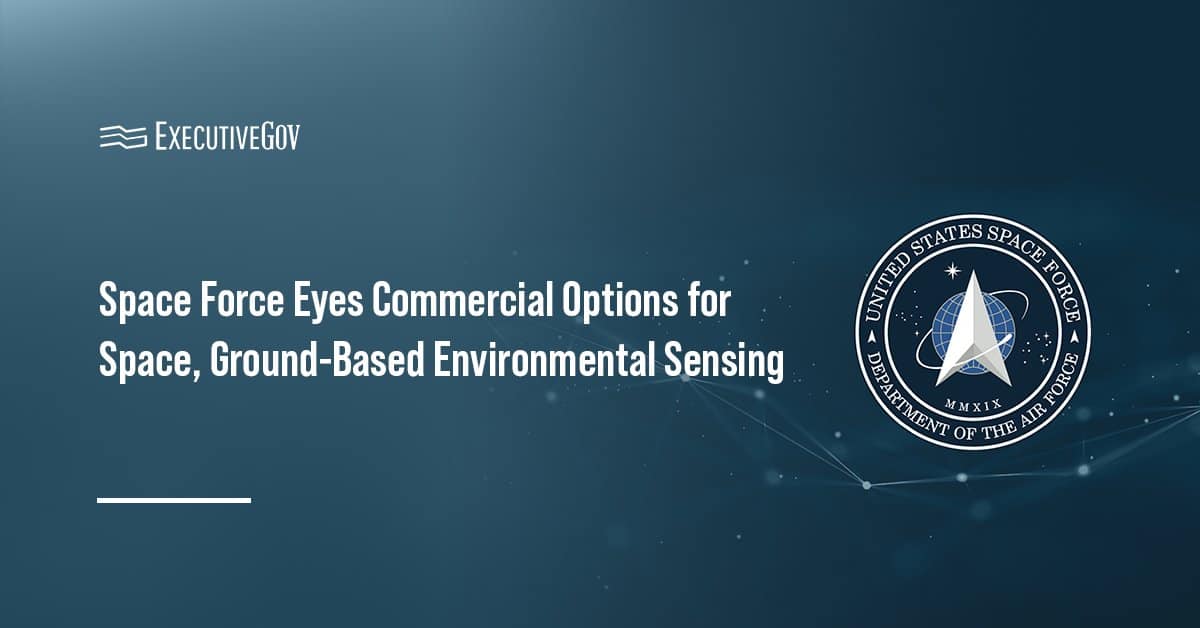General Dynamics Electric Boat on Aug. 6 launched the future USS Idaho into the Thames River in Connecticut, performing a vessel construction milestone known as a “float off” — when a vessel is, for the first time, moved from a shipbuilder’s facilities into water.
A Virginia-class fast-attack nuclear submarine, the Idaho will provide the U.S. Navy with a variety of undersea supremacy capabilities, including enhanced stealth, surveillance features and special warfare enhancements, according to a news article posted Tuesday on the Naval Sea Systems Command website.
Virginia-class submarines also feature the use of modular construction, open architecture and commercial off-the-shelf components.
Commenting on the float off, Virginia Class Submarine Program Manager Capt. Mike Hollenbach said, “Today’s launch is testament to the strong collaboration the Navy has with its shipbuilding partners.”
“Idaho will be a valuable national asset and source of pride for our Sailors, the shipbuilders and all Americans for years to come,” Hollenbach added.
Float offs are followed by a vessel’s outfitting, testing and crew certification.

Naval leaders, experts and innovators from government and industry will discuss how they’re enhancing maritime security, driving technological advancements and fostering strategic cooperation during the Potomac Officers Club’s 2024 Navy Summit, which will take place on Aug. 15. Register now to attend this important event!





